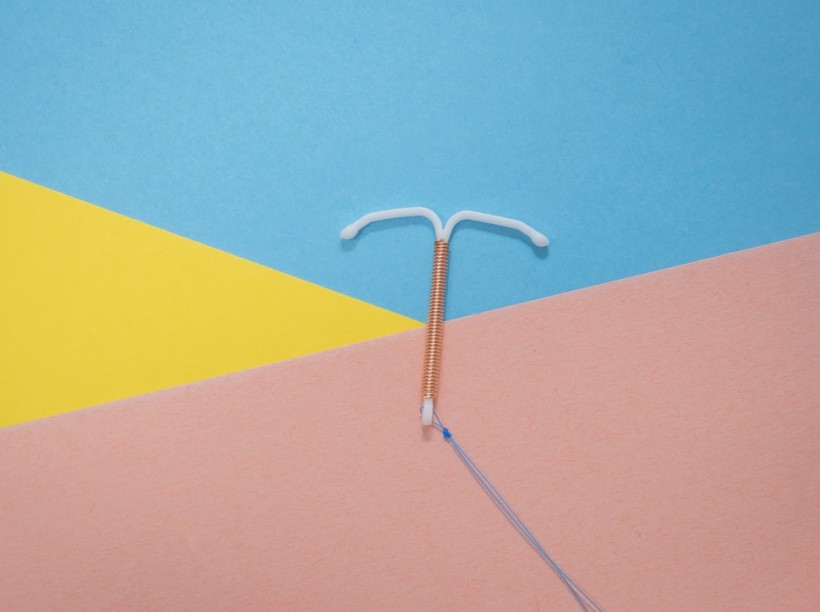An intrauterine device (IUD) is a small T-shaped birth control option made of plastic and copper and put inside the woman's uterus by a doctor or nurse. If properly inserted, IUD could work 5-10 years and be more than 99% effective. It also can be removed anytime by a trained doctor or nurse when the woman decides to get pregnant.
But not all women were 100% prepared when choosing to have an IUD, so they are left surprised by what it involves to having one. Here are the most common things women wish they knew before getting an IUD, according to WebMD.

Here's What Women Should Know About IUD Before Having One
There Are Two Types of IUDs
Contrary to popular belief, IUDs are not all the same. There are two types of this device: the hormonal IUD and nonhormonal IUD. Learn more about it here.
Hormonal IUD, from its name, releases a hormone called progestin that prevents pregnancy. The cons of using hormonal IUDs include having PMS-like symptoms, moodiness, headache, tenderness of the breasts, acne, and nausea. Additionally, it could make periods shorter and less painful than pre-IUD.
While non-hormonal IUDs are made of copper, they are unfriendly to sperms that attempt to enter the uterus. Unlike the hormonal IUDs, non-hormonal ones could make the period heavier and make the woman experience more cramps.
Both IUDs might have specific effects on certain women, so they should ask their doctors which one would be best for them.
ALSO READ: Oral Contraceptives Pollute Water Which Hinders the Ability of Fish to Reproduce
IUD Fitting Could Be Uncomfortable and Painful
IUD fitting or insertion takes only about five minutes of the 20-minute appointment to a doctor. According to the NHS, it could be uncomfortable and painful. But a local anesthetic may help relieve the pain. Just ask the doctor or nurse beforehand and tell them any pain or discomfort that may be felt during the fitting.
At first, the woman may feel period-like cramps and may bleed for a few days after having an IUD fitted. But painkillers could be taken to ease the pain.
More Bleeding and Period Could Stop
After getting an IUD, some women could experience irregular bleeding or spotting between periods, which could last for the first 3 to 6 months after the fitting. But if it lasts longer than that, ask the doctor to ease the pain and regulate the menstrual cycle.
On the other hand, other women may not experience bleeding because it has completely stopped their period.
IUDs Can Clip Out of Place
Women should also know about IUD before getting one because these devices could slip out of place. However, this does not always happen if the IUD is dislodged; whether fully or partially, the woman can easily get pregnant.
The doctor or nurse who fitted the IUD will teach the person how to feel for the two thin threads hanging down a little way from the uterus into the top of the vagina to check if it is in place. The woman must immediately go to her doctor or use additional contraception if you cannot feel these two thin threads or think it is moved because you might get pregnant.
READ MORE: Contraceptives Not Linked With Birth Defects, Study Claims
Check out more news and information on Birth Control on Science Times.
* This is a contributed article and this content does not necessarily represent the views of sciencetimes.com














